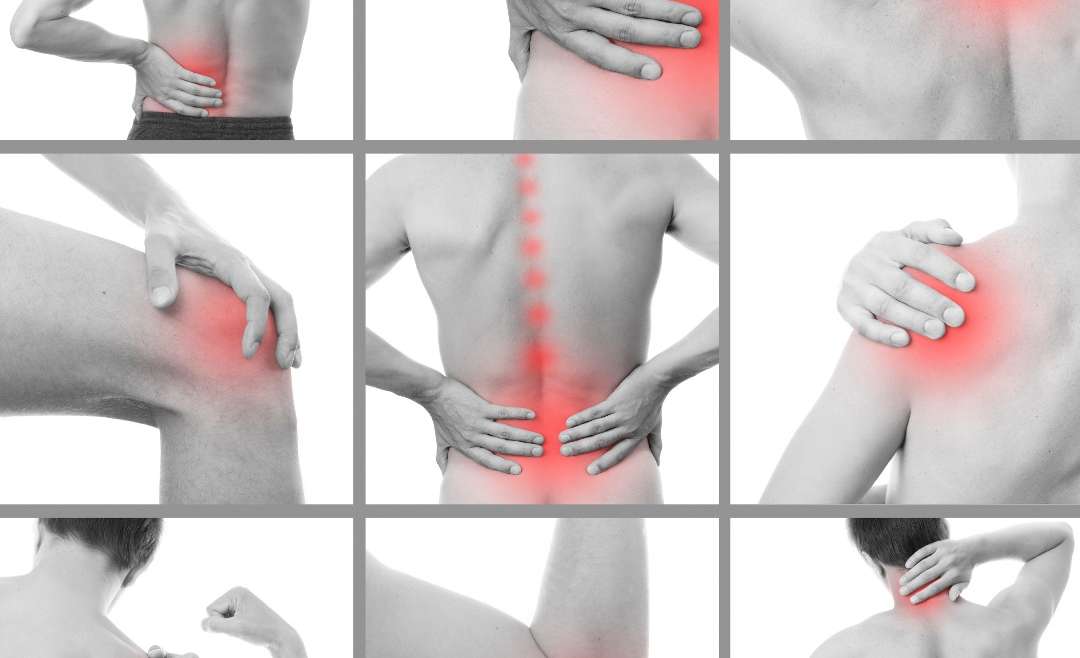Did you know there are different types of pain? And it’s not related to how much it hurts? It’s measured in the length of time it takes for the pain to go. How long you experience pain determines whether it’s “acute” or “chronic” pain.
Acute pain
Acute pain is when the pain last for under three months. This can include a paper cut, broken bone, labour and childbirth, and stubbing your toe. In these cases pain is often due to tissue damage and you may feel an immediate reaction to the pain, but it will subside over hours, days or months.
Chronic pain
Chronic pain is pain that lasts longer than three months. This is when the pain you feel just won’t fully disappear. According to the Pain Society, 10 million Brits suffer with pain every day that impacts their quality of life, so if you’re in pain you’re not alone. You may feel a high degree of pain, or it might feel mildly intrusive. Either way, if it’s affecting your lifestyle, and the activities you feel you can and can’t do, then you have chronic pain.
Chronic pain can occur when an injury has healed but you can still feel the pain, or when an anatomical problem is causing the pain and it’s taking longer than three months to heal. Traditional medical professionals can sometimes have difficulty in assessing and treating chronic pain if the injury has healed and the pain can’t be identified by damaged tissue or a structural issue. Sources of chronic pain can include:
• Headaches
• Back pain
• Arthritis
• Nerve pain
Chronic pain can make you feel pretty miserable. The pain just never goes away, and sometimes doctors don’t know how to treat it so sufferers spend time visiting various medical professionals trying to find someone who can help. Everyone experiences pain differently too, so two people experiencing chronic pain will feel it differently and have a different reaction to it.

Diagnosing chronic pain
One of the benefits of coming to an osteopath for diagnosis and treatment is that we are one of the very few professions that uses our hands to feel along the body and see where and why an area is in pain. This means we can see and feel where the pain is coming from and deduce if the injury is still present.
If your pain falls under the chronic pain category our approach may include looking to see if you have developed unuseful compensation in other joints, tissues and how you move. We may use acupuncture, or electro-acupuncture, as this can be successful in dealing with the mechanism for chronic pain. Depending on the patient we may incorporate mindfulness alongside osteopathic treatment.
Seeing an osteopath for chronic pain
We find that often by the time people come to us they feel like they’ve been bounced from one pain expert to another, and yet are still searching for someone to help stop the pain. As well as treating chronic pain physically, we offer a specialist course of treatment called OsteoMAP which combines osteopathy, acceptance based therapy and mindfulness. An OsteoMAP course takes place over six sessions for those patients who have not responded well to all other approaches.
To find out more or to book an appointment call us on 020 3589 8664.



Add Comment